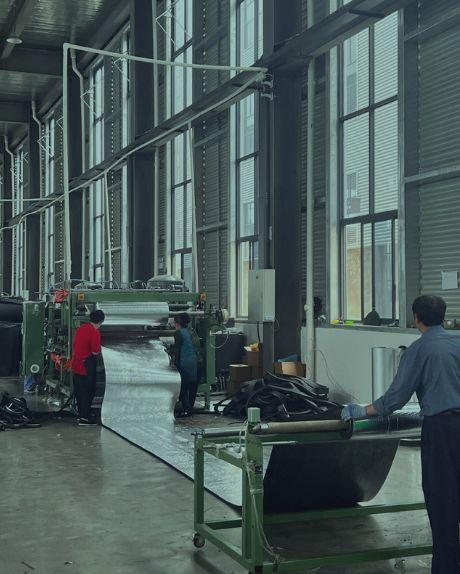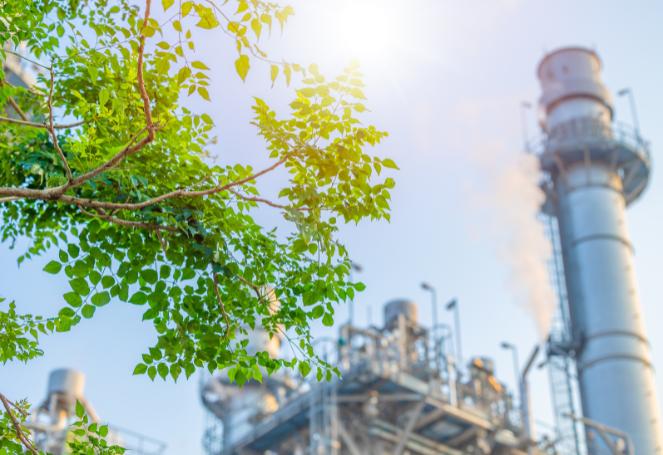What Are You Looking For?
What Are You Looking For?


Rubber goods have been around as an essential component of contemporary manufacturing, which is used in a wide range of applications. Their durability, adaptability, and high performance qualities have won them a place as essential components of worldwide manufacturing processes.
However, with an increasing focus on environmental preservation a shift has occurred: companies and customers are beginning to look more closely at how ubiquitous materials affect our eco-system.

One of the primary concerns surrounding traditional rubber products is their potential to emit harmful gasses during production, particularly chlorofluorocarbons (CFCs), hydrofluorocarbons (HFCs) and hydrochlorofluorocarbons (HCFCs). Assessing environmental impact should always be part of manufacturing rubber goods.
Rubber products' environmental impacts are inextricably tied to their composition and production processes, with traditional manufacturing often producing emissions harmful to the environment that contribute to depleting ozone layers and global warming trends. Let's investigate these harmful gases further by studying their characteristics:
With increasing environmental and health impacts from rubber emissions, rubber companies have responded by adopting more eco-friendly materials and processes in production processes to lower their environmental footprint and meet regulatory mandates more successfully. This shift represents more than regulatory pressure but rather represents an optimistic view towards sustainability.
The rubber industry is experiencing a revitalization, with innovative eco-friendly materials entering the market that are free from CFCs, HFCs and HCFCs; production processes do not emit harmful gases - representing steps toward environmental preservation. A few noteworthy examples can be found below.
As we enter a new era in rubber production, here at Hairui, we encrouage companies and consumers to join forces in advocating eco-friendly rubber insulation solutions. Just like a lot of big changes in history, education always play a critical role in the transition; understanding traditional products' environmental impacts as well as eco-friendly alternatives allows us to make better informed decisions that support sustainability goals.
For companies looking for collaboration opportunities or consultation services, consider this article as an open invitation from Hairui Rubber. Let's engage in meaningful discussions on how eco-friendly rubber and plastic products can enhance industrial standards,while also fulfilling environmental goals - together, we can work towards a greener future, one insulation at a time!
Sustainable rubber production involves more than simply mitigating environmental damage; it involves fundamentally altering industrial processes. Adopting eco-friendly alternatives not only protect the ozone layer or cut carbon emissions; we're creating an increasingly resilient future as a result.
By adapting and innovating with sustainability in mind, the rubber industry could serve as an example of good environmental stewardship; showing the wrold both economic progress as well as ecological preservation can work simultaneously.
At Hairui Rubber, we're at the forefront of eco-friendly rubber solutions for modern industry. Our commitment to sustainability doesn't compromise on quality or performance. All our products are proudly free from CFCs, HFCs, HCFCs, PBDEs, formaldehyde, and fibers, ensuring minimal environmental impact without sacrificing effectiveness.

Ready to make your operations greener and more efficient?
- Explore our range of environmentally conscious rubber products
- Consult with our experts on sustainable solutions for your specific needs
- Request a sample of our eco-friendly materials
Join the growing number of industries making the smart choice for both their business and the planet.